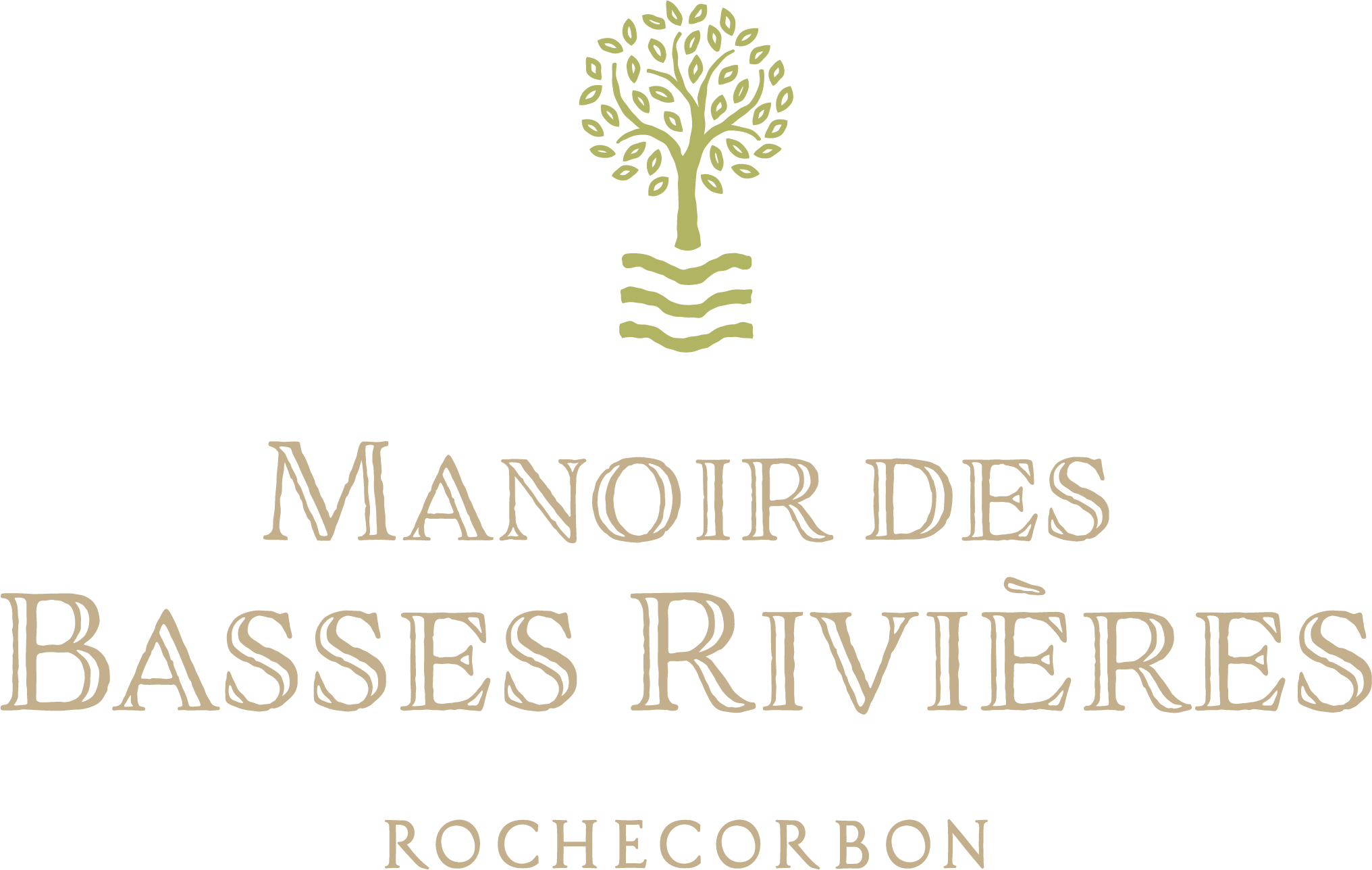
The manor house
- A privately-owned garden labeled « Jardin Remarquable » on three levels
- An 18th century country « folie » and its gate (listed/classified as a Historical Monument)
- An important troglodytic site
- A former wine estate with wine cellars and presses
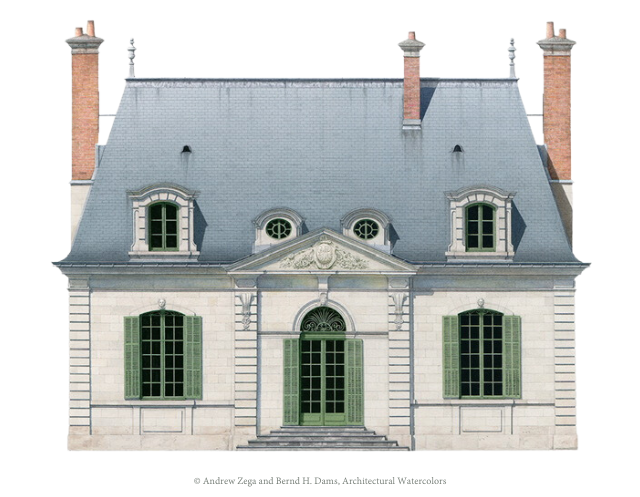
Historical background
- « Folie » built around 1730 for the Papion du Château family, silk manufacturers and wine producers
- The work of the Touraine-based architect Pierre Meusnier, a student of the famous architect Gabriel and a future architect of Ouvrages du Roy
- Property in 1765 of Mr. Taboureau de Boisdenier, entrepreneur of Ouvrages du Roy
- Inhabited in the 18th century by the Marquise d’Oysonville and in the 19th century by Jules-Antoine Taschereau, Member of Parliament for Indre-et-Loire
- Purchased in 1847 by British officer William Richmond Nixon
- Property of Madame Léontine d’Espelosin at the end of the 19th century and then of her son Edouard, an antique dealer, sculptor and architect
- Bequeathed to the city of Tours in June 1944. Museum from 1946 to 1950 based on the collections of Espelosin and Touraine ceramics, then the Tours Museum of Wine and Vine from 1954 to 1970
- Acquired in 2006 by the current owners who undertook significant renovations
The 18th century gate classified as a Historical Monument since 1946
The facade, roofs and park listed as Historical Monuments since 1965
The garden is labelled “remarquable” since December 2022

The Garden of the Manoir des Basses Rivieres
A microclimate prevails due to its south-facing exposure, the presence of a significant hillside in “tuffeau” stone and the immediate proximity to the Loire River. Many Mediterranean species thrive here, such as cypresses, rosemary, fig trees, mulberry trees, Judas trees and cedars. The uniqueness of this garden lies in the stark contrast between the substantial rocky masses of “tuffeau” stone and the serenity and greenery of a formal French-style garden.
The visit of the garden begins with the star-shaped yew garden featuring a statue in the center, planted with Iceberg roses and verbenas of Buenos Aires. Opposite, you enter the large wine cellar where a 16th century wine press is located. The tour continues with the intermediate terrace next to the chapel with rows of boxwood and nepeta. An old vine runs along the wall of this terrace.
By taking the staircase, the visitor accesses the upper garden with gravel paths surrounding lawns planted with boxwood balls. A row of trimmed lime trees follows the terrace wall and a long mixed-border featuring Rush roses, Gaura, irises, Buenos Aires verbenas, Althea, and Perovskia takes advantage of the south-facing exposure.
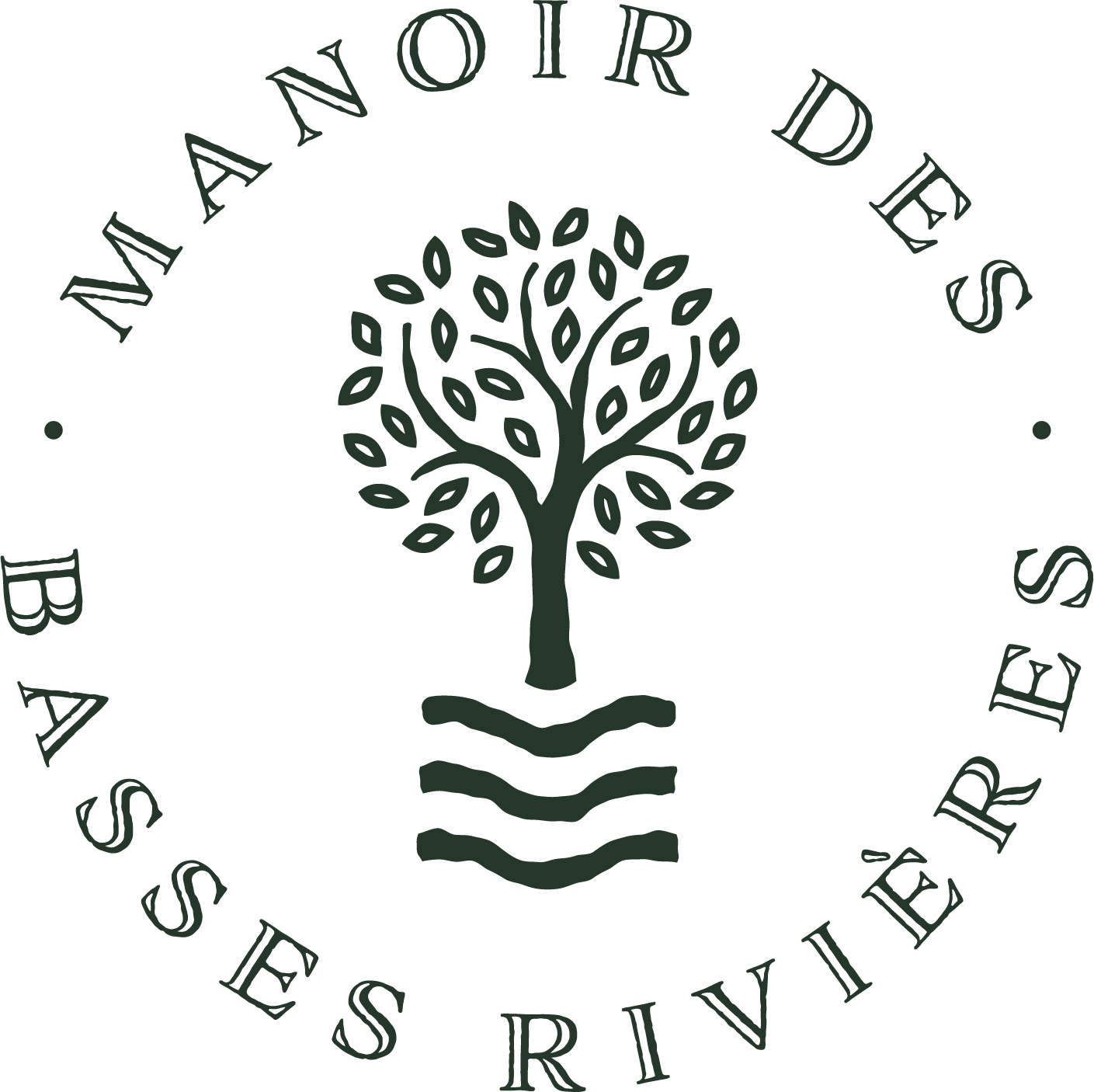
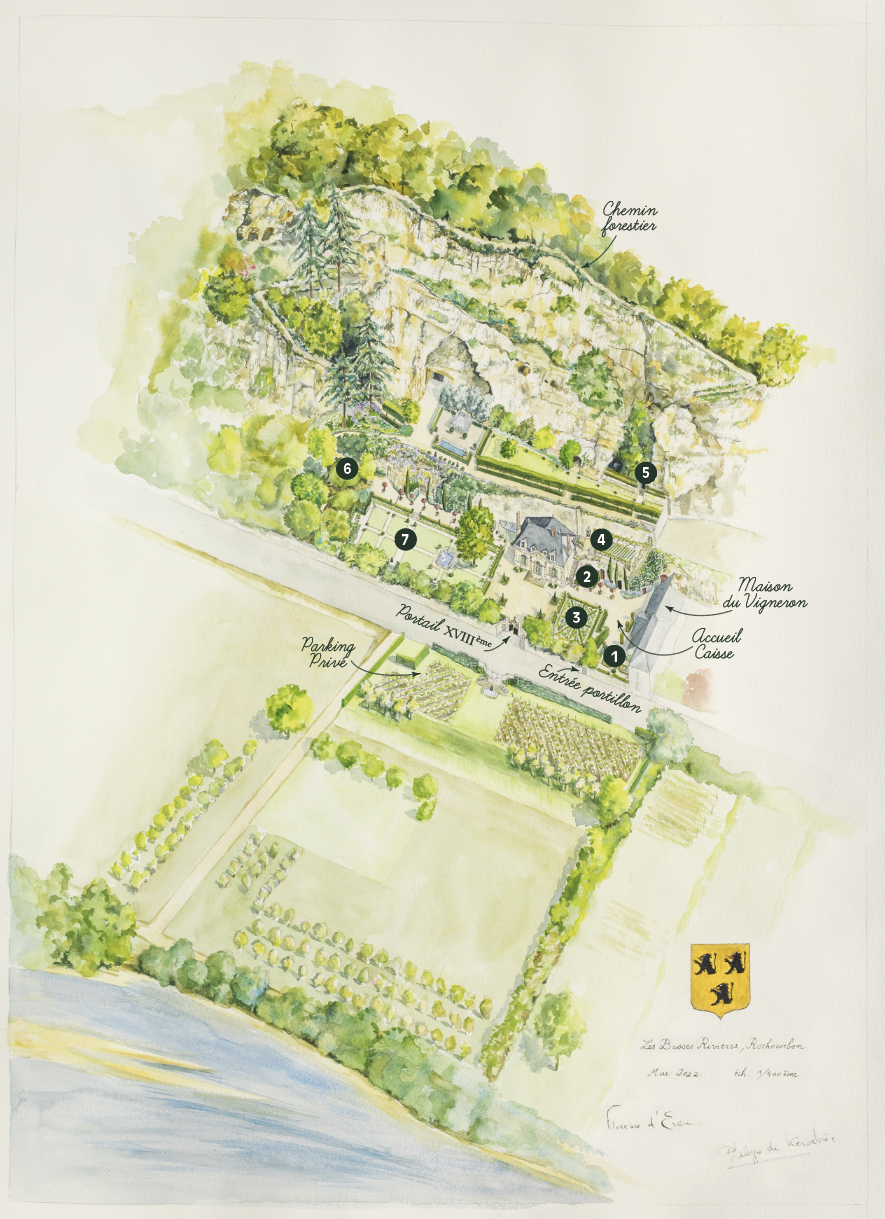
LE JARDIN
REMARQUABLE
Click on a number to reveal a picture
Lower garden
Vegetable Garden
Cellars and wine Presses
Star-shaped yew garden
Troglodytic dwelling
Classical French Garden
18th Century Gate
Courtyard and Manor House
Mid-level Terrace
Troglodytic Chapel
Old Vine
Upper garden
Troglodytic Staircase 12th century
Lime trees
Forest Path with panoramic views
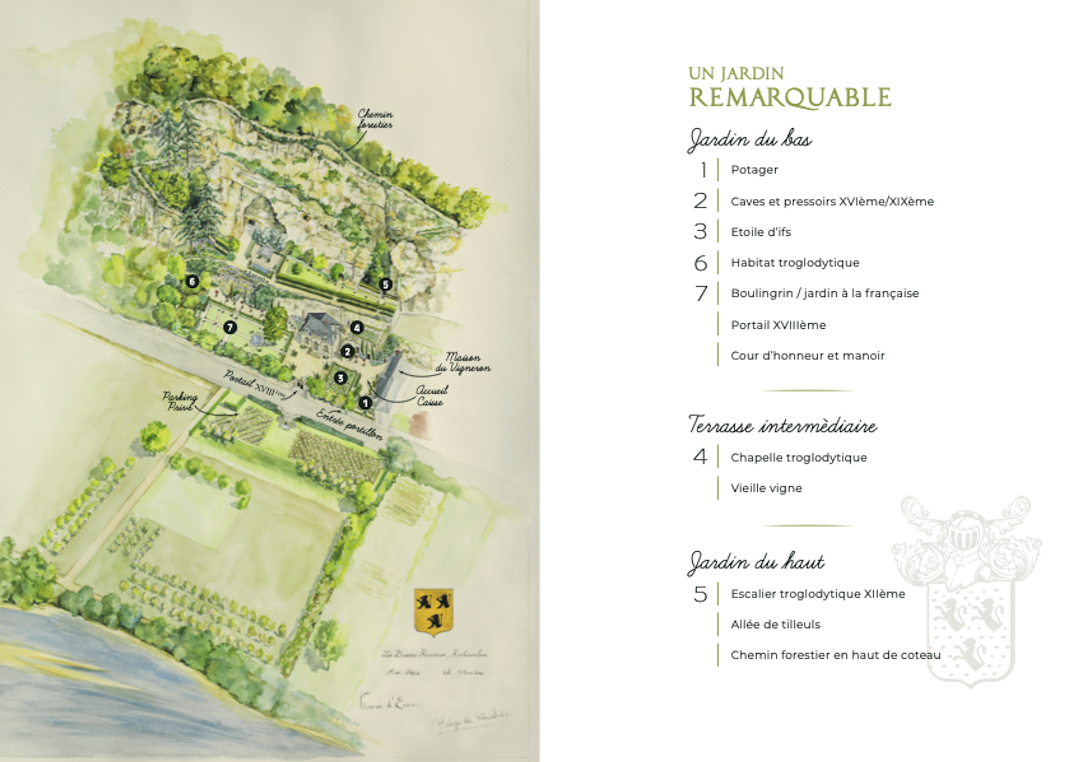
A 12th century troglodytic staircase carved into the rock, 50 meters long, leads to the final level, a parcel of oak forest with panoramic views. Two large Lebanese cedars planted in the early 19th century complete this upper garden and overlook a path enclosed by walls leading to the lower garden.
Descending to the lower garden, one can visit several caves with medieval fireplace and bread oven. These are former troglodytic dwellings that became part of the property.
The lower garden on the left of the house is a formal garden created by excavating the land following the principle of a bowling green with retaining walls and the creation of stairs for access. This French-style garden is structured around a pond and gravel paths surrounding squares of lawn in the classical tradition. Conical yews, boxwood spheres, boxwood borders and Sally Holmes roses adorn the area which ends with palised green oaks surrounding a statue in the background. The yews are trimmed in a crenellated fashion along the long terrace. Along the high walls of the hillside, rosemary and cypress beds give an Italian touch to the garden.
